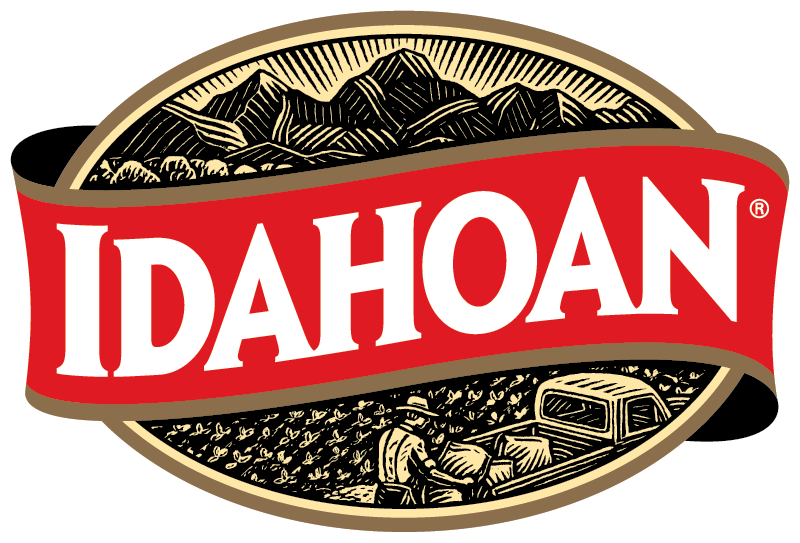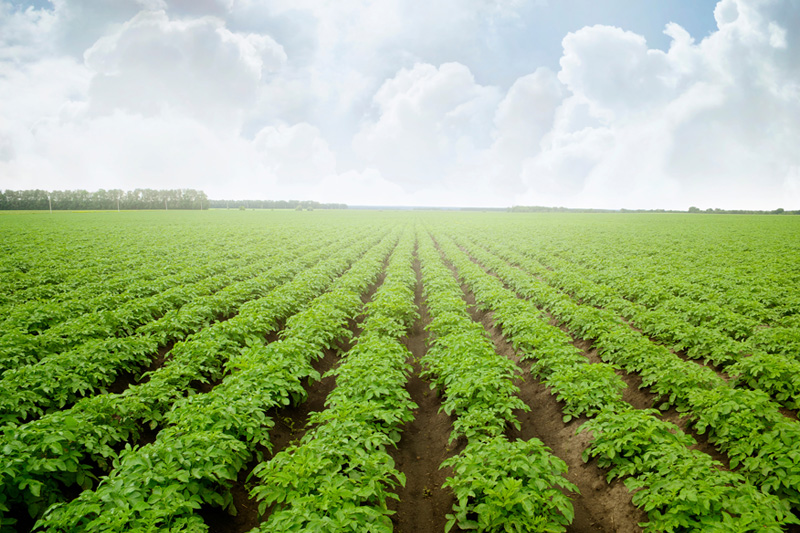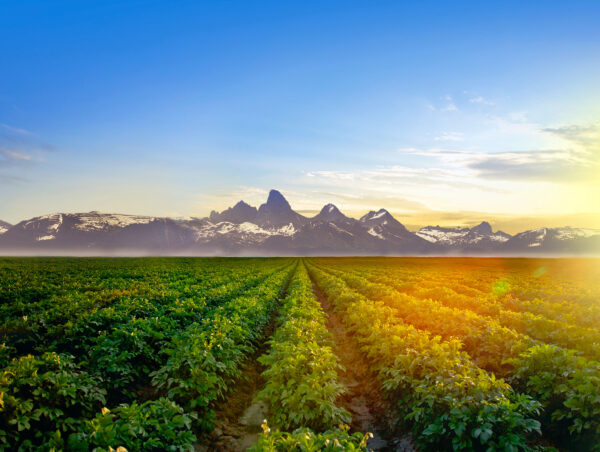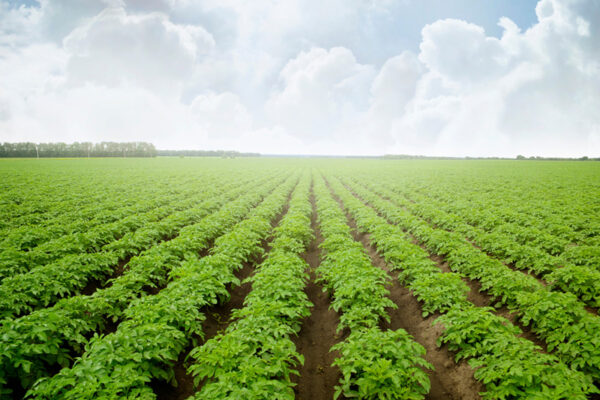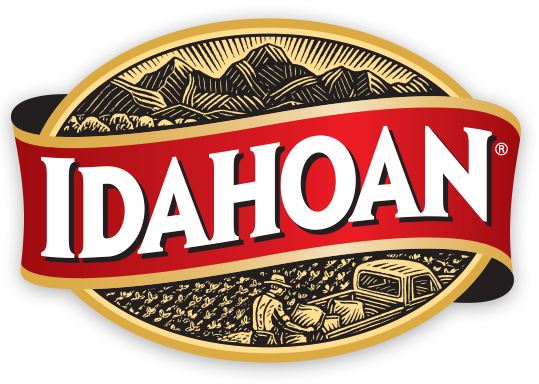Sustainability in foodservice is no longer a trend—it’s a necessity. With 30-40% of the U.S. food supply wasted¹, reducing food waste is critical for cutting costs, minimizing environmental impact, and meeting consumer demand for responsible dining options.
Food waste isn’t just about leftovers—it starts with surplus ingredients², inefficient storage, and over-portioning. Spoilage³ is a major contributor, often due to the short shelf life of fresh products. Shelf-stable ingredients, like Fresh-Dried™ potatoes, help mitigate this issue. Unlike perishable produce that spoils quickly, Fresh-Dried™ potatoes retain their quality and nutrition for extended periods without refrigeration. They reduce food loss, lower energy consumption, and take up 80% less space in transport compared to frozen or refrigerated items⁴, further cutting carbon emissions. For foodservice operators, this means improved inventory control, consistent product availability, and less waste from unused perishables.
Upcycling transforms food scraps—such as peels, trimmings, and day-old bread—into valuable menu additions like stocks, sauces, and garnishes. This not only reduces waste but also appeals to sustainability-conscious consumers looking for responsible dining choices. Beyond the kitchen, repurposed food waste supplements the nutrition of over 35,000 cows annually⁵, demonstrating how food waste can serve multiple purposes.
Sustainability also extends to water conservation and packaging choices. Forward-thinking foodservice operations implement water recycling programs that save hundreds of millions of gallons annually⁶ while supporting agricultural use. Additionally, using recycled and reusable packaging, such as corrugated cardboard made from 43% recycled fibers⁷, further minimizes environmental impact.
By adopting zero-waste strategies, integrating long-lasting ingredients like Fresh-Dried™ potatoes, and optimizing resource management, foodservice professionals can reduce costs while leading the way toward a more sustainable future—one meal at a time.
Sources
¹ USDA Food Waste FAQs
² NIH article: Food Waste in Foodservice: An Overview through the Perspective of Sustainable Dimensions – Section 4. The Food Waste Generation and Impacts, 4.1. Food Services.
³ NIH article: Food Waste in Foodservice: An Overview through the Perspective of Sustainable Dimensions – Section 4. The Food Waste Generation and Impacts, 4.1. Food Services.
⁴ Idahoan’s Commitment to Sustainability PDF: Shelf-stable products take up 80% less space in transport than frozen or refrigerated alternatives.
⁵ Idahoan’s Commitment to Sustainability PDF: Food waste is repurposed as cattle feed for 35,000+ cows annually.
⁶ Idahoan’s Commitment to Sustainability PDF: Over 404 million gallons of water were reused for crop cultivation in 2020.
⁷ Idahoan’s Commitment to Sustainability PDF: Corrugated totes are made from 43% recycled fibers.
